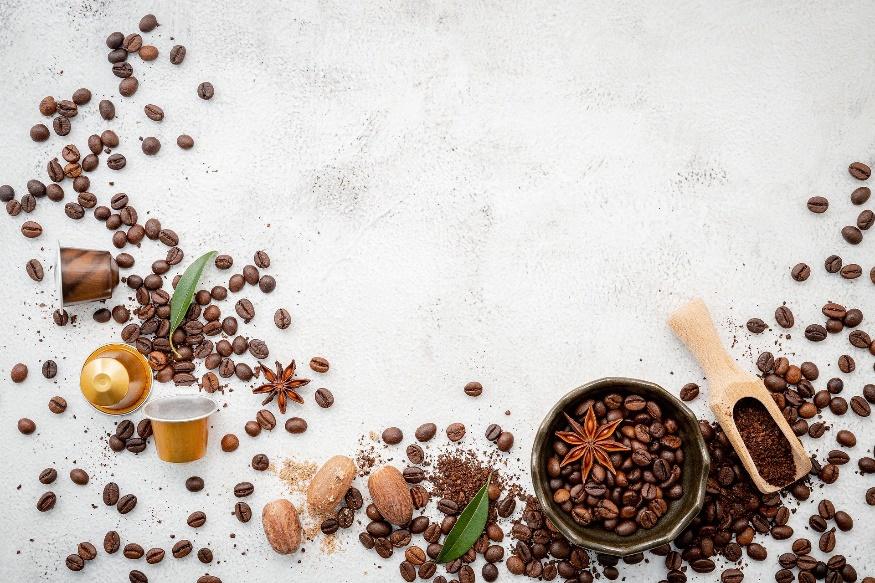For decades, convenience has defined modern coffee culture. From instant mixes to single-serve brewers, consumers have consistently sought speed without compromising taste. Yet this convenience has come with a cost—billions of plastic coffee pods ending up in landfills every year. Today, a new shift is reshaping the industry: the rise of non-plastic coffee pods. As sustainability becomes a priority for both consumers and brands, these eco-friendly alternatives are revolutionizing how coffee is produced, packaged, and enjoyed.
The Growing Awareness Around Plastic Waste
The coffee industry’s dependence on plastic pods has long been a point of concern. Millions of plastic capsules are discarded daily, and many are too small or complex to recycle. As a result, they accumulate in landfills and oceans, taking centuries to decompose. This environmental reality has sparked a global movement toward sustainable coffee solutions—and non-plastic coffee pods are at the center of that change.
Coffee drinkers are more informed than ever about the impact of their choices. Surveys consistently show that consumers are willing to pay more for products that reduce environmental harm. This awareness has pushed coffee companies to innovate, creating alternatives that align with modern values without sacrificing convenience or flavor.
What Makes Non-Plastic Coffee Pods Different
Unlike traditional plastic pods, non-plastic versions are designed with the environment in mind. They typically come in two forms: compostable pods made from renewable plant materials, and recyclable metal pods—often aluminum—that can be reused in existing recycling systems.
Compostable pods break down naturally when processed in industrial composting facilities, transforming into organic matter instead of waste. Aluminum pods, on the other hand, are infinitely recyclable, maintaining their quality through multiple life cycles. Both solutions share a common goal: eliminating the long-lasting waste associated with plastic coffee pods.
By removing petroleum-based plastics from the equation, manufacturers reduce carbon emissions, reliance on fossil fuels, and the amount of microplastics released into the environment. This change represents one of the most significant steps toward a circular economy in the beverage industry.
Driving Innovation in Coffee Manufacturing
The shift to non-plastic coffee pods is forcing manufacturers to rethink every stage of production. Packaging design, materials sourcing, and manufacturing processes are being redesigned to accommodate eco-friendly components. Companies are investing in biopolymer research, advanced compostable coatings, and lightweight aluminum molds that preserve freshness while reducing waste.
This innovation extends beyond packaging. As producers move toward sustainability, they also reassess supply chains, energy use, and waste management. The focus on environmental impact is influencing how coffee beans are grown, harvested, and transported—creating a ripple effect that benefits the entire ecosystem.
Enhancing Brand Identity and Customer Loyalty
In a competitive coffee market, sustainability is now a defining feature of brand identity. Companies adopting non-plastic coffee pods are positioning themselves as forward-thinking and environmentally responsible. This reputation attracts conscious consumers who want their purchasing choices to reflect their values.
Brands that embrace this change often see stronger customer loyalty, increased word-of-mouth marketing, and improved trust. In addition, offering eco-friendly pods provides an advantage in corporate and hospitality sectors, where businesses are under pressure to meet sustainability goals.
For coffee companies, switching to non-plastic pods is no longer just a moral decision—it’s a smart business strategy.
Improving the Consumer Experience
Many coffee lovers once worried that sustainable pods might compromise flavor or freshness. However, recent advances in pod design and sealing technology have proven otherwise. Compostable and aluminum pods now maintain aroma, texture, and flavor integrity just as well as traditional options.
Manufacturers have found ways to protect coffee grounds from air and moisture using natural barriers and recyclable linings. The result is a brew that satisfies both the palate and the conscience. Consumers can now enjoy premium coffee with minimal environmental guilt—an ideal blend of quality and sustainability.
The Role of Companies Like Cambio Roasters
Cambio Roasters is one of the brands leading the charge in transforming the single-serve coffee experience. By offering non-plastic coffee pods made from aluminum, Cambio combines eco-conscious design with exceptional taste. These pods are fully recyclable, making it easy for consumers to reduce waste without changing their brewing routine.
Beyond packaging, Cambio Roasters integrates sustainability into every step of its business. The company emphasizes ethical sourcing, fair-trade practices, and transparency about its materials. Each cup brewed from Cambio’s pods represents a commitment to better coffee—for both people and the planet.
Cambio’s success demonstrates that environmental responsibility and great taste can coexist seamlessly. It also signals to the broader industry that sustainability can be scalable and profitable.
The Broader Impact on the Coffee Industry
The adoption of non-plastic coffee pods is influencing more than just packaging trends—it’s reshaping industry standards. Regulatory bodies are beginning to recognize the need for waste reduction and may soon implement stricter guidelines on plastic usage in food and beverage packaging.
As large-scale roasters and boutique brands alike shift toward sustainable solutions, the coffee industry as a whole is becoming greener. This momentum encourages related industries—like hospitality, catering, and retail—to follow suit, amplifying the overall environmental benefit.
Looking Toward a More Sustainable Future
The evolution of non-plastic coffee pods marks a pivotal moment for the coffee world. It reflects a collective realization that convenience and sustainability can coexist. As consumers continue to demand eco-friendly choices, innovation will accelerate, driving more breakthroughs in design, materials, and environmental performance.
Cambio Roasters and other pioneers are proving that meaningful change doesn’t have to be complicated—it just takes commitment and creativity. Every time a coffee drinker chooses a non-plastic pod, they contribute to a cleaner, more sustainable planet.
The future of coffee is no longer just about bold flavors or artisanal blends—it’s about making responsible choices that ensure every cup has a positive impact. With non-plastic coffee pods, that future is already brewing.







